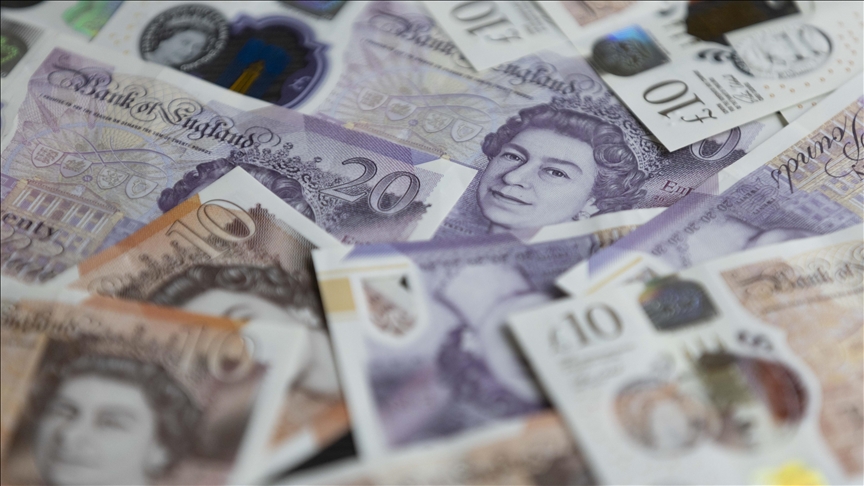LONDON
The British pound on Monday witnessed a decline towards $1.28, signaling a departure from its 15-month high of $1.314 reached on July 14, in response to disappointing economic indicators and a softening in inflationary pressures within the UK.
The sterling is on track for its seventh consecutive daily fall, marking its most prolonged losing streak since March 2020, as mounting evidence suggests a slowdown in the UK economy.
The latest Purchasing Managers’ Index (PMI) data revealed a significant slowdown in UK business activity growth in July, reaching a six-month low.
S&P Global’s flash US PMI Composite Output went down to 52.0 in July, down from 53.2 in June, and nearer to the 50-point mark showing stagnation.
The service sector activity growth also experienced its third consecutive month of deceleration, while manufacturing production reported its most substantial drop since December of the previous year.
The slowdown in both the service and manufacturing sectors added to worries that the UK’s economic recovery might be losing steam, as the impact of various challenges, including supply chain disruptions and labor shortages, continued to manifest.
Meanwhile, data released last week showed a deeper-than-expected slowdown in June’s inflation rate, which dropped to 7.9%. This marked the lowest inflation rate since March 2022, indicating that inflationary pressures within the economy are easing more than initially anticipated.

